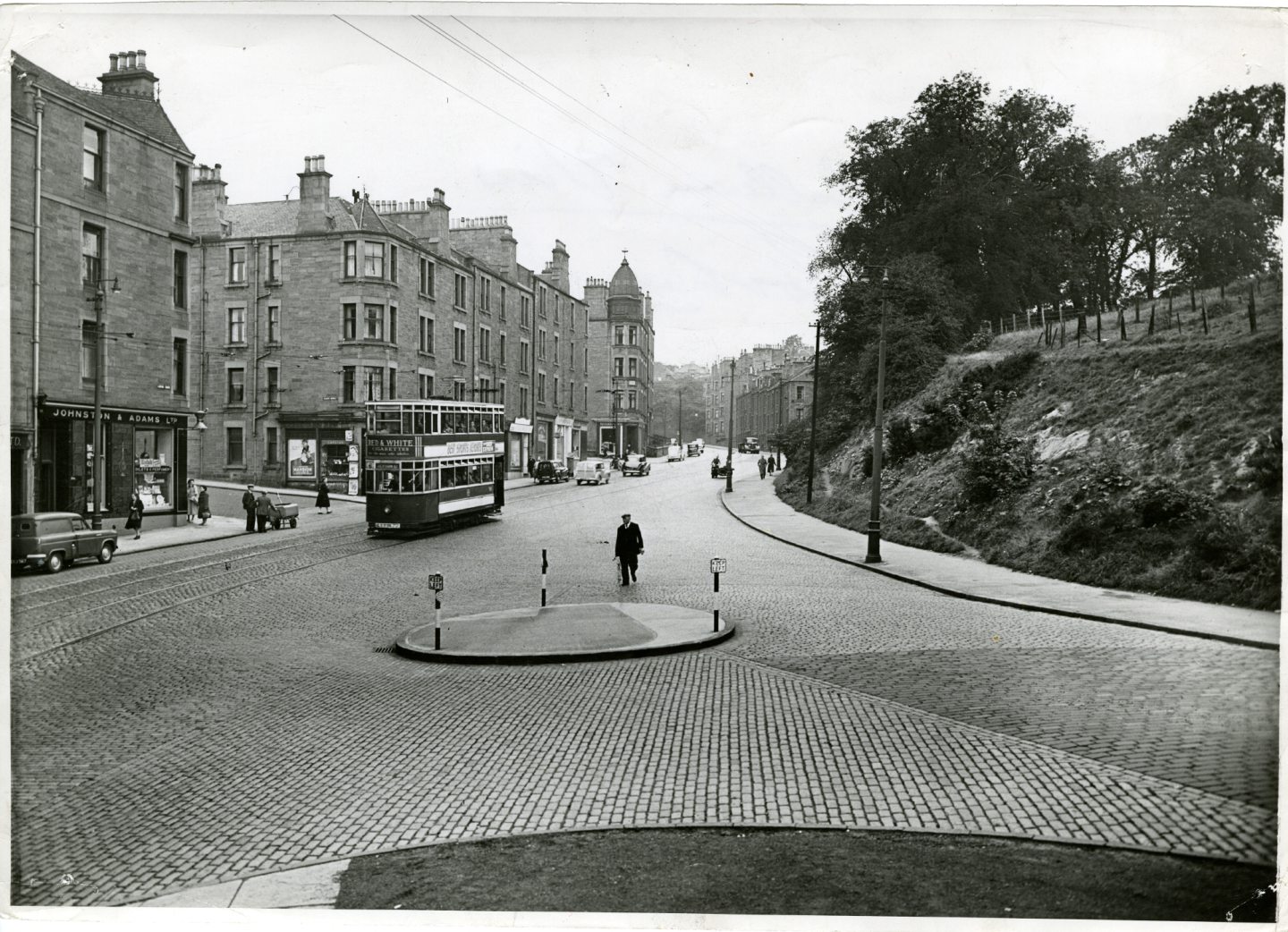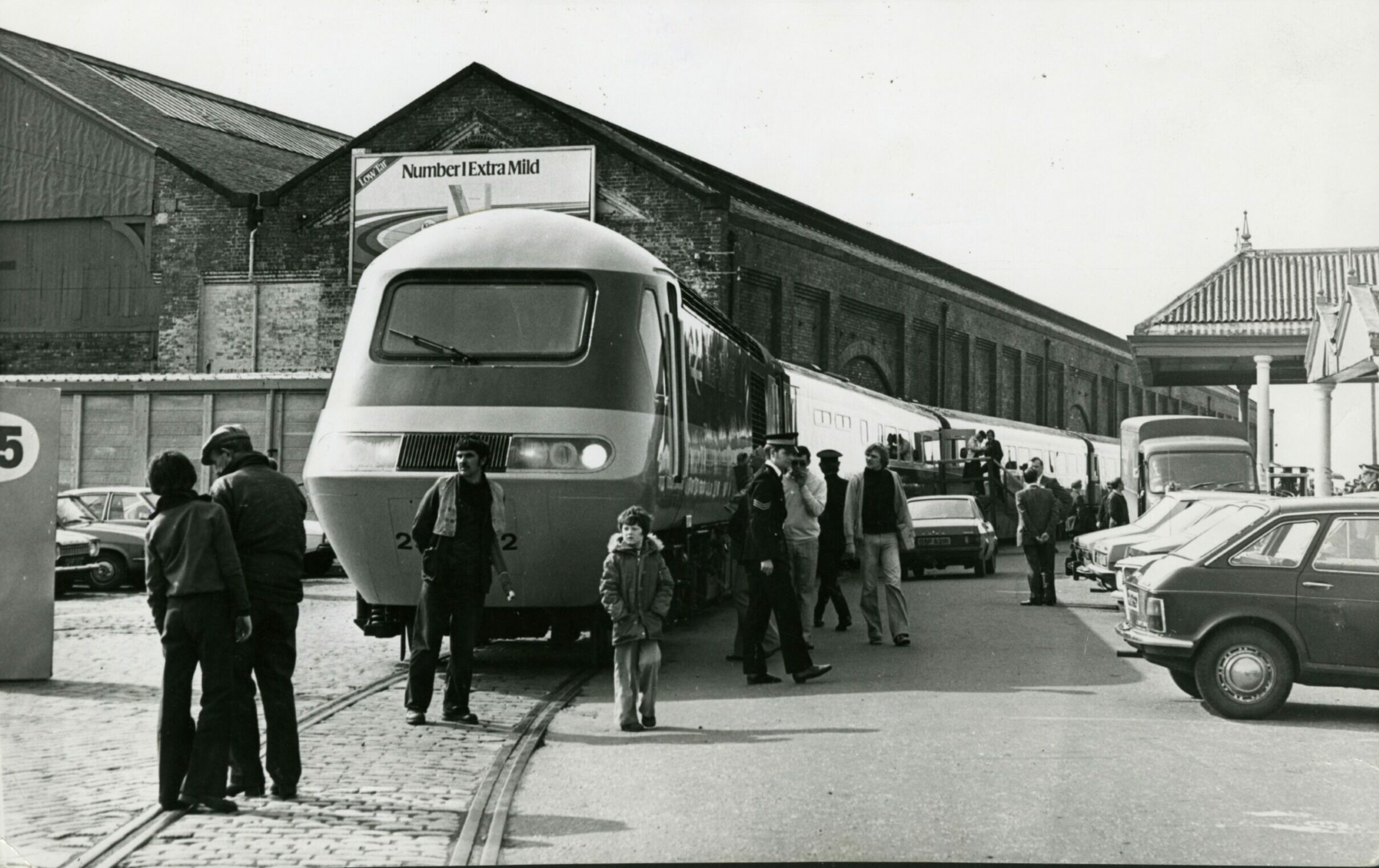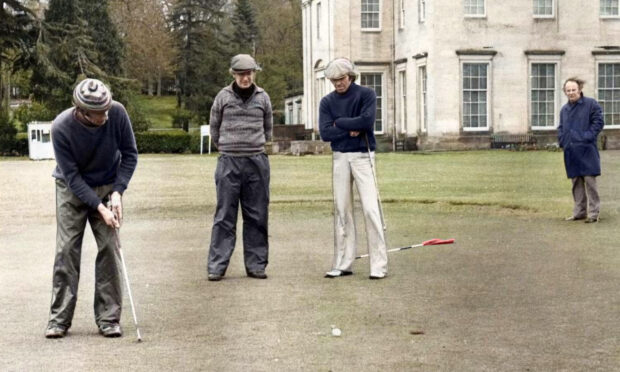
The way we travel around Dundee has changed considerably and these images reveal a stark contrast between the past and modern day.
From trolley buses to horse-drawn trams, and everything in between, the city has constantly evolved since the early days of transport.
Travelling back in time, the images also reveal just how much traffic has changed.
In early times Dundee was a small compact community and travel within its bounds was no problem.
By the last quarter of the 19th century the town stretched further afield and some form of public transport became desirable, if not a necessity.
There was a time one could hire a sedan chair in the High Street or a horse cab instead of a motor taxi from the stance in the Nethergate in front of the City Churches.
Then came horse drawn buses operating out the Perth Road and other routes.
Trams
The Dundee and District Tramway Company Ltd was formed in 1877 and operated horse drawn omnibuses and trams.
It was then that the first tram trundled from Albert Square to Windsor Street via Reform Street, Nethergate and Perth Road.
In 1878 plans were presented for a cable tramway up the Hilltown.
Even the Law Tunnel was considered as part of a north-south urban transport system.
Dundee became quite an innovative centre so far as forms of transport was concerned.
As well as horse drawn trams there were steam trams, experimented with in 1880 on the east end lines, to Baxter Park and Morgan Hospital from Lochee.
Soon afterwards routes were made to Lochee via Tay Street and to Stobswell via Victoria Road and Dura Street with a branch to Baxter Park by Arbroath Road.
The Fairmuir line via Moncur Crescent was opened from a junction of Dura Street in 1892.
The Perth Road was the first route to be electrified in 1900.
Then it was Lochee’s turn.
These routes were at the same time extended to Ninewells and Liff Road.
Maryfield got its tram service in 1901. In the same year from a junction in West Port a line to Balgay Road was opened.
The last tramway to be built was that along Lindsay Street in 1933.
Electric tram routes were extended in line with the expansion of the city and the peak of the network was in the 1930s, when 79 tramways were in operation.
The trams were all double-decked, four-wheeled and painted in a green and cream livery and the lines reached as far as Broughty Ferry and Monifieth.
The Dundee Corporation Tramways didn’t let them deteriorate like other companies did and they kept the fleet going well into the 1950s.
But by then they were starting to get old and their network of lines had been outgrown by the developing city.
The last tram ran from Maryfield to Lochee in October 1956.
It was supposed to set off from the city centre before midnight, but it was delayed by over an hour on the way to Lochee by the crowds who turned out to see it.
The trams were piled up and burned, without tears or ceremony, in a field at Marchbanks.
Only in Murraygate until recently did there remain a tangible record of the tram lines.
Buses
In 1912, Dundee became one of the first cities in Britain to experiment with trackless trolleybuses running on solid rubber tyres on the Maryfield to Fairmuir route.
They created an awful racket and brought up clouds of dust from the roads.
They were nicknamed ‘stouries’ and were eventually withdrawn in 1914.
Motor buses were introduced in the 1920s to Broughty Ferry and up Infirmary Brae.
Buses would operate in between trams on shared routes until the route via Constitution Road and Hilltown became the first tram line to be fully converted in 1928.
Double decker buses first appeared in 1931.
The 1950s and 1960s were the glory days of bus travel in Dundee.
There were over 1,000 staff and 240 buses.
The next 50 or so years would see almost as many changes and innovations to buses and services in Dundee as had the preceding post-war years.
The change in people’s social attitudes and mobility would have major implications as the 20th century progressed with cars and home entertainment taking over.
Tayside Regional Transport took over bus services in 1975 and the colour scheme changed from green to blue.
The travelling public in Dundee would see the introduction of mini-buses to previously inaccessible areas in 1987, and the first low-floor bus in Scotland entering service in August 1993, giving easy access to buggies and people who were disabled.
Ferries
There have been ferries crossing the Tay for centuries.
Locals used the ferry boats as one of the main modes of transport to escape to the countryside of Fife with crossings scheduled up to 11 times a day.
The crossing itself took approximately 20 minutes.
Before the regular trips were introduced in 1821 the only way of crossing was to, hopefully, negotiate a fair price with one of the many boats at the harbour who offered unregulated passenger-only services.
The ferry service ended in 1966 following the opening of the Tay Road Bridge.
The last ever Tay ferry crossings took place in the shadow of the new road bridge and were made a special ‘tickets-only’ affair at five shillings.
On August 8 in 1966 the flag-decorated Scotscraig, escorted by the lifeboat Robert, picked up a Newport party of 200.
Jets and a helicopter from Leuchars flew overhead, the passengers sung ‘Auld Lang Syne’ and on the final return to Dundee there was dancing on deck.
The Scotscraig then went on to become a Hollywood movie star and featured as the Popeye Barge in the 1980 live action film starring the late, great, Robin Williams.
Trains
Branch lines wove through the countryside and stitched together the most remote villages, connecting them to Dundee’s communities.
While the trails of smoke from steam engines charging alongside the Firth of Tay was a familiar sight for 100 years.
Did you know the city actually once had four railway stations?
But the public’s nostalgic attachment to rail was not matched by traveller numbers – not enough people had heeded the warning: Use it or lose it.
The first was the original terminus of the line from Newtyle on Ward Road although nothing remains of it and it’s now the British Telecom building.
Falling passenger use led to Dundee East being closed in January 1959 and the disused tracks became overgrown with weeds and plants.
Dundee East was demolished without ceremony in 1964.
The site is now a car showroom and only the sidings remain.
Dundee West stood opposite where the Malmaison hotel is today, virtually sharing the site with Tay Bridge Station, which operated at the same time.
Dundee West closed in May 1965 and was demolished in April 1966 for the construction of approach roads to the new Tay Road Bridge.
Three railway stations were merged into one.
Tay Bridge Station was renamed Dundee and remains today.
























Conversation